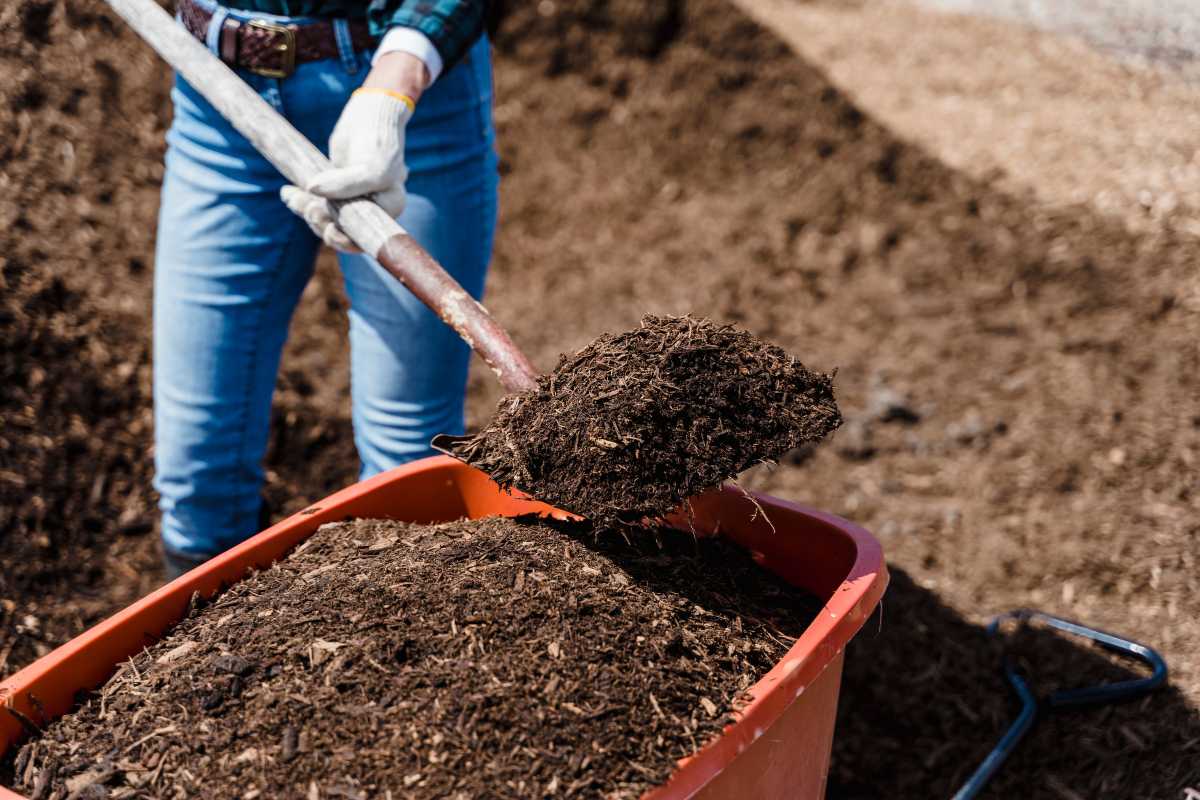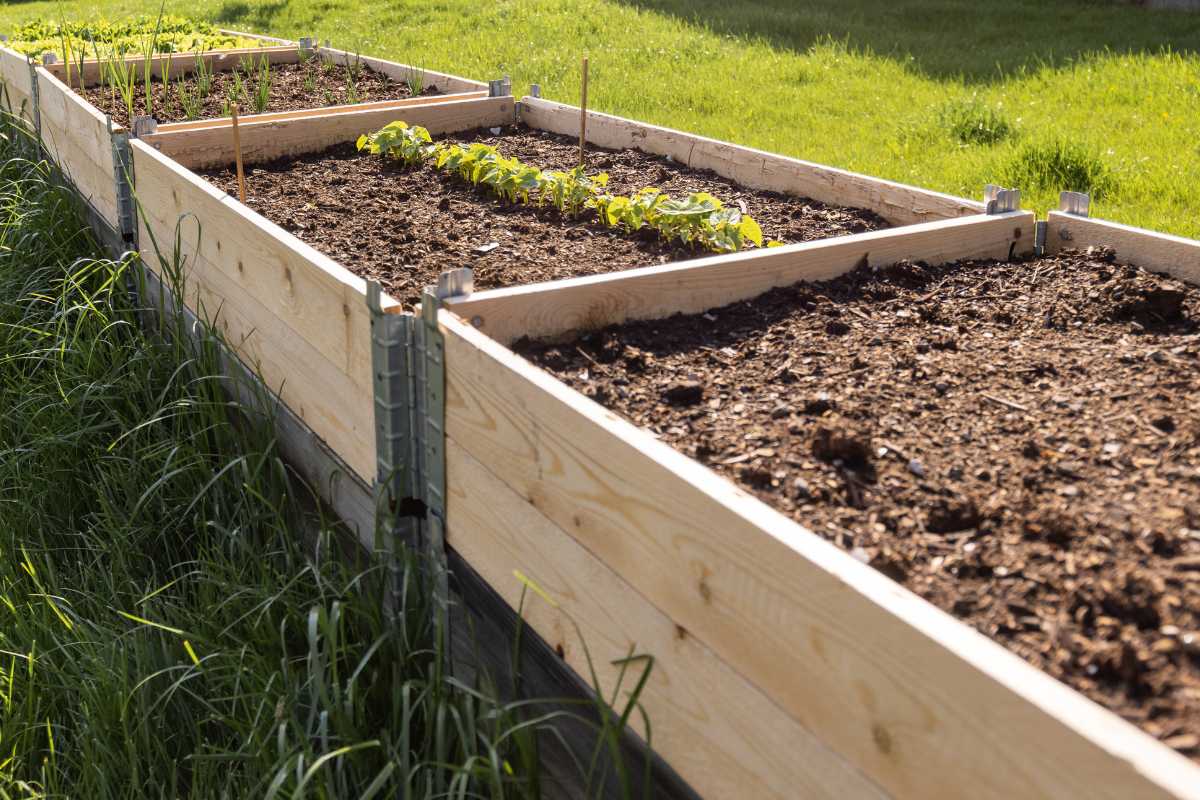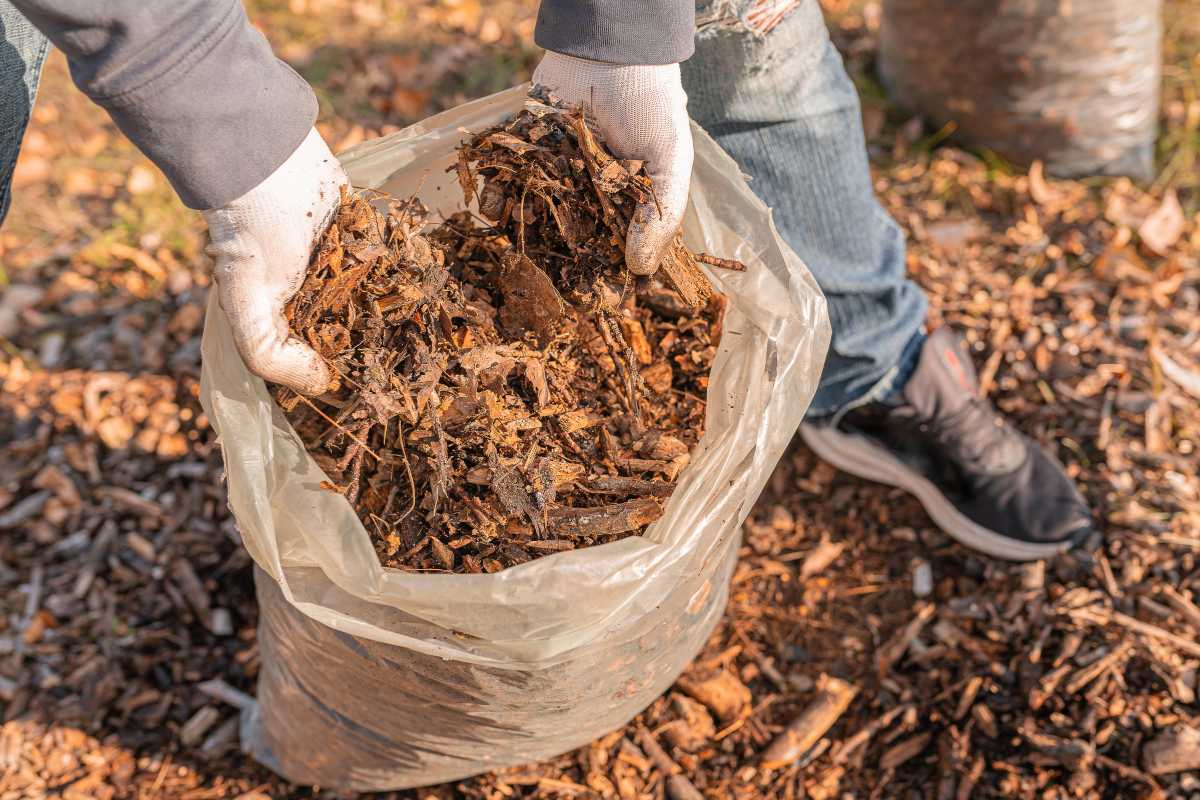If you’re getting into compost, you might be wondering how much you’ll need to feed your garden, and whether you need to supplement your own supply by buying commercially available compost.
The compost calculator below and article shows you how to calculate the right amount of compost needed, so you don’t have issues with too much or too little compost.
When you’re new to composting you probably won’t have any usable compost for at least six months. How much you have will depend entirely on how much you compost.
Some types of composters, like compost tumblers, can make compost in a few months – but you will still need the organic materials to add to it in order to make the compost.
In this article, I’m going to give you some idea about how much compost you’re going to need, as well as the implications of not having enough, or having too much.
Why the Right Amount of Compost Matters

When it comes to composting, quantity is a balancing act that impacts both your garden and the environment at large. Let’s delve into why getting this balance just right is crucial.
Adding compost to your garden is like giving your plants a nutrient-packed smoothie. It enhances soil structure, aids in water retention, and provides essential nutrients. However, the “more is better” approach doesn’t apply here.
Under-compost, and your soil remains nutrient-deficient, leading to weaker plant growth. You might be tempted to use synthetic fertilizers as a quick fix, but these can leach into waterways and contribute to pollution.
On the flip side, over-composting can lead to nutrient imbalances, making your plants vulnerable to pests and diseases. matters. Over-composting can also create excess that might end up in a landfill, defeating its initial eco-friendly purpose.
Finding the right amount of compost is about optimization. Too little, and you’re not leveraging its full range of benefits for your garden or taking full advantage of its environmental impact. Too much, and you risk both garden health and environmental sustainability.
By understanding the importance of compost quantity, you’re positioned to make more informed decisions that benefit both your garden and the planet.
So, as you read on to find out how to calculate your composting needs, remember: the right amount makes all the difference.
Calculate How Much Compost is Needed Step-by-Step
How much compost is needed depends on what you’re using it for. To make informed decisions about your compost needs, let’s break it down into actionable steps.
Step 1 – Identify Your Needs
Determine what you’re using the compost for.
Do you want to repot some houseplants, or fertilize a large organic vegetable garden? Are you applying it to the top of the soil as a mulch, or using it as a soil amendment?
This will guide the amount you need. Below are some general guidelines for adding the right amount of compost in different situations.
- Compost as a soil amendment – You’ll want to add 1-3 inches of compost over the area that you are digging it into, either to break up clay soil, or if you want to add moisture retention to sandy soil.
- Compost as a yearly fertilizer – Add 1-3 inches over the area of your vegetable patch each year.
- Compost as a mulch – Layer on ¼- ½ inch of compost on the top of the soil. The nutrients will drain into the soil when the plants are watered.
- Compost in pots – you’ll want around 50%-70% of what’s in the pot to be soil, and 30%-50% of it to be compost.
Step 2 – Measure Your Area

Get the dimensions of the area where you’ll apply the compost. If it’s a garden bed, measure its length and width in inches to calculate the area. If you are ordering soil, you need to work out the cubic inches of the area you need compost for.
For example; if your plot area is 120×120 inches (10×10 feet), that is 14,400 square inches (100 square feet). Area = 120″ x 120″ = 14,400 sq. in.
Step 3 – Calculate Volume
Use the area and the recommended compost depth for your purpose (1-3 inches for soil amendment, etc.) to calculate the volume of compost needed. The formula is:
Volume = Area × Depth
For a volume of 2 inches of compost spread over the 14,400 square inches, you will need 28,800 cubic in., about 16.67 cubic feet, of compost (0.62 cubic yards). Volume = 2″ x 14,400 sq. in. = 28,800 cubic inches.
Step 4 – Convert to Cubic Yards
If you need to order compost, convert the volume from cubic inches to cubic yards, as most suppliers use this unit.
Cubic Yards = Cubic Inches / 46,656
Step 5 – Use a Compost Calculator
If math isn’t your thing, use a compost calculator to simplify the process. Just input your measurements, and let the tool do the work.
Here is a handy “How Much Compost Do I Need?” calculator:
The results for compost needs are automatically calculated and updated after entering in your numbers, but if it’s slow, go ahead and press the “Submit” button.
By following these steps, you can accurately determine how much compost you’ll need for any gardening project. You’ll be able to calculate how many compost bags you need, so you won’t under or over-buy.
Here are some great compost options:
What Happens When There Is Not Enough Compost?

If you find yourself short on compost, don’t fret; you still have options. Here’s what you can do:
- Prioritize: Use the limited compost for plants that need it most, such as heavy feeders like tomatoes or corn.
- Supplement with Mulch: If you can’t cover all your soil with compost, use organic mulch as a supplement. It will help with moisture retention and weed control.
- Consider Organic Fertilizers: While not a complete substitute, organic fertilizers can temporarily provide essential nutrients to your plants.
- Plan for Next Season: Take note of your compost shortage and plan to produce more for the next growing season.
By following these actionable steps, you can make the most of limited resources and keep your garden thriving.
Again, this really depends on what you’re using it for. If you don’t have enough to dig into your vegetable patch, then you can always use it as mulch throughout the growing season.
Your plants will still grow if you just plant them in soil, but you might need to add fertilizer to help them thrive. Compost acts as fertilizer to add nutrients.
If you’re composting at home, and you don’t think you’ll have enough compost for your needs, then don’t worry too much.
Use the compost you do have for the heavy feeding plants and add more compost to the top of the soil when you have it.
Can You Have Too Much Compost?
While not having enough compost is nothing to worry about, having too much is another matter. It is more of an issue if you use manure based compost, but it is still a problem with plant based compost.
If your top-soil is any more than 5% organic matter, then your plants may grow too quickly and become susceptible to pests and disease.
Utilizing manure-based compost can makese these problems worse. Manure based compost will leave amounts of phosphorus in the soil that will become toxic to plants.
High phosphorus levels will make it hard for plants to take in manganese and iron, and the plants will become deficient in these nutrients.
How Much Compost to Use Final Thoughts
How much compost you will need is both a complex and simple answer.
The simple answer is: however much you make.
If you are growing vegetables and making your own plant based compost, you can add it as mulch or dig it in once a year, or both.
Depending on the size of your compost heap, you may find that you only have enough to use as mulch, and that’s perfectly fine. You can stretch it out by making compost tea, or you can make your own plant-based fertilizer to add extra feed for your vegetables.
The complex answer comes if you want to buy compost for a certain project. This then depends on the size of your plot and what you want to achieve.
Whatever your requirements, too little compost is better than too much. If you think you have got too much, dig in the compost after the growing season in the fall. This way, the compost will be mixed with the soil before you plant out your seedlings in the spring.






